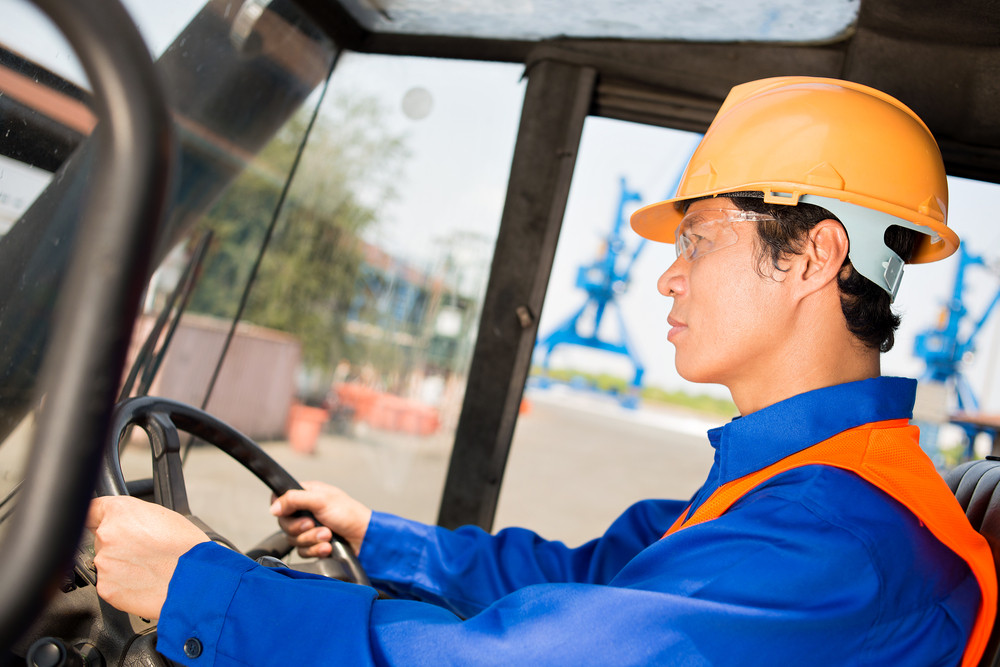
In recent years, technology has dramatically transformed many industries, and the trucking sector is no exception. Truck drivers face numerous challenges on the road, from weather conditions to distractions and, unfortunately, dangerous driving behavior from others. However, with the integration of new technologies, the safety of truck drivers is improving, reducing accidents, injuries, and fatalities. From advanced driver-assistance systems (ADAS) to innovations in communication and monitoring, these technological advancements are not just enhancing truck driver safety—they’re helping save lives.
The Role of Advanced Driver Assistance Systems (ADAS)
Advanced Driver Assistance Systems (ADAS) have become a vital tool in enhancing truck driver safety. These systems use a combination of sensors, cameras, and radar to monitor the truck’s surroundings and alert drivers to potential hazards. Features such as automatic emergency braking, lane departure warnings, adaptive cruise control, and collision detection help drivers avoid accidents before they even occur. The introduction of these technologies addresses some of the most common causes of truck accidents, such as collisions, lane drift, and sudden stops.
According to data, there are over 31,000 tow truck drivers currently employed in the United States. These drivers work in challenging environments, often alongside busy highways, responding to roadside emergencies. Tow truck drivers, like their long-haul counterparts, are often at risk of being involved in accidents due to unpredictable traffic patterns and aggressive driving behavior. The integration of ADAS in tow trucks and heavy-duty vehicles has significantly improved safety for these drivers as well. Technologies like blind spot detection and collision mitigation systems provide extra layers of protection when working in close proximity to other vehicles or performing roadside tasks.
Combating Drunk Driving and Enhancing Awareness
Another significant development in truck driver safety comes in the form of technology aimed at combating drunk driving and other dangerous driving behaviors. While most truck drivers are professional, sober, and responsible behind the wheel, they are still at the mercy of other road users. According to a report by the Colorado Department of Transportation, drunk drivers were involved in 30% of all fatalities across the state in 2019. This alarming statistic underscores the ongoing danger that impaired drivers pose to all road users, including truck drivers.
To address this, many trucking companies are now adopting alcohol detection technologies to ensure that their drivers are not operating vehicles under the influence. Some advanced systems can detect alcohol levels through sensors placed in the vehicle’s cabin, preventing a truck from starting if alcohol is detected above a certain threshold. Additionally, technologies like roadside sobriety checkpoints and breathalyzer testing are now being implemented in various states to help reduce impaired driving incidents. For truck drivers, these measures enhance personal safety by reducing the risk of encountering impaired drivers, while also promoting a safer environment for all road users.
Fighting Distracted Driving with Technology
Distracted driving is one of the leading causes of accidents on the road. In the trucking industry, drivers face the constant temptation of mobile devices, in-cab entertainment systems, and even passenger interactions, all of which can divert their attention away from the road. According to Gitnux, 390,000 injuries occur each year from distracted driving accidents, many of which involve commercial trucks. The vast majority of these accidents can be attributed to driver distraction, whether from texting, talking on the phone, or using in-cab technology.
To combat this, trucking companies are investing in technologies that minimize distractions and promote focus while driving. For instance, systems that lock drivers out of their mobile devices while the truck is in motion or provide voice-activated controls for communication have proven effective in reducing distractions. Furthermore, in-cab cameras and driver monitoring systems can detect signs of distraction, fatigue, or unsafe behavior, and send alerts to both the driver and their company. This real-time monitoring helps mitigate the risks associated with distracted driving and encourages safer driving practices.
Conclusion
As the trucking industry faces various challenges on the road, technological advancements continue to provide innovative solutions that enhance safety for truck drivers. From ADAS systems that help prevent collisions and lane departures to alcohol detection technologies that reduce impaired driving, the integration of these tools is making a significant impact on driver safety. Additionally, the fight against distracted driving, which contributes to a large number of truck-related accidents, is being strengthened with technology that minimizes distractions and promotes driver awareness.